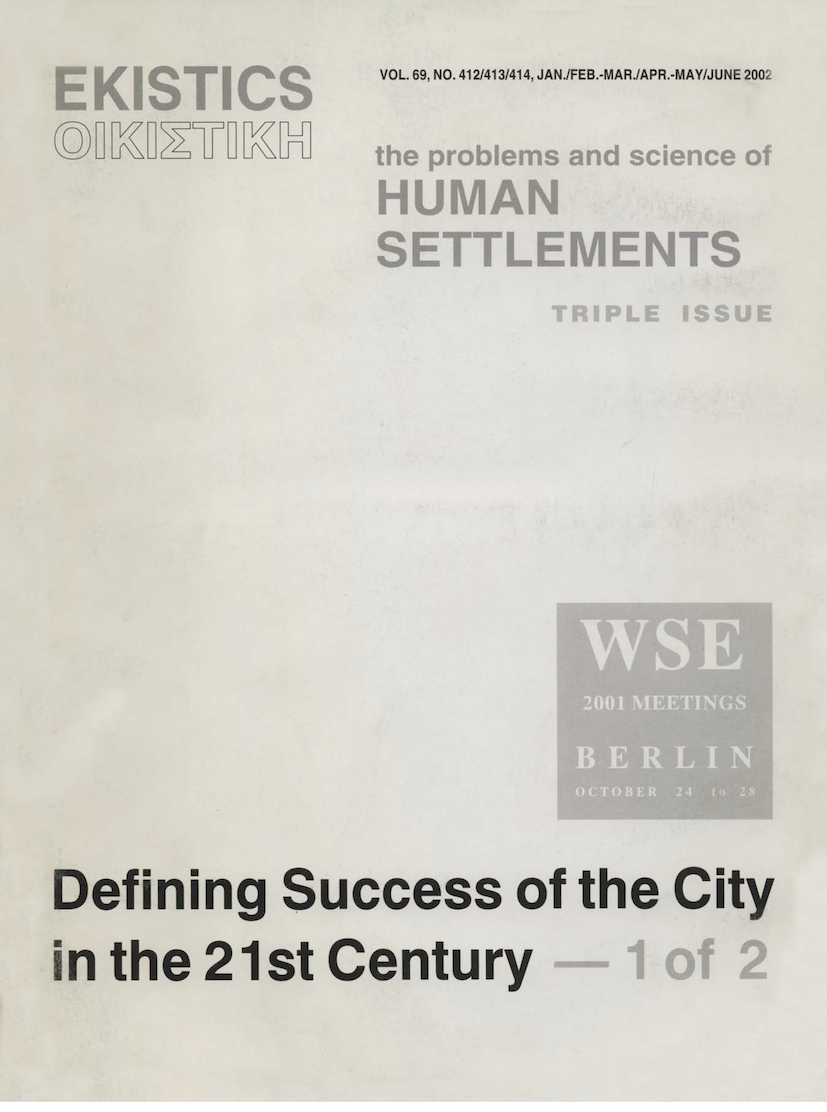Population deconcentration in Italy, Spain and Greece: A first comparison
DOI:
https://doi.org/10.53910/26531313-E200269412-414405Keywords:
Population Deconcentration, Italy, Spain, GreeceAbstract
Dr Petsimeris studied architecture at the Technical University of Turin, town planning at the Technical University of Milan, and Urban Social Geography at the University of Caen where he received his PhD in 1987 and his Habilitation à Diriger des Recherches in 1992. He worked as an architect and planner at the Collettivo di Archittetura with Professor Biagio Garzena. He has been Visiting Professor at the Universities of Pisa, Trento, Udine, Turin, Naples (Istituto Universitario Orientale) and has lectured at the Institut d'Etudes Politiques de Paris(1992-1996) and at the Universities of Rome (La Sapienza), Barcelona, Florence, Milan, Bologna and Joensuu. Since 1994 he has been Professor at the University of Caen and a member of the Centre de Recherche sur les Espaces et les Sociétés (CRESO) of the CNRS. He has published extensively on urbanization, settlement systems, housing and residential segregation in international journals, and edited two books in Italian on urban networks and the social division of urban space in Europe. The journal Urban Studies offered him the Urban Studies Research Fellowship at the University of Glasgow for 1997 and 2003. In this context he is now carrying out research on urban diffusion in Southern Europe. Dr Petsimeris is a member of the World Society for Ekistics (WSE). The text that follows is a slightly edited and revised version of a paper presented at the WSE Symposion "Defining Success of the City in the 21st Century," Berlin, 24-28 October, 2001.
Downloads
Published
How to Cite
Issue
Section
License
Please contact the Editor-in-Chief: editor@ekisticsjournal.org, should you have any questions on copyright for your submission.
This research journal is for Educational and Knowledge development purposes.
All material published on this site complies with our copyright and terms as described by the Attribution-NonCommercial-NoDerivaties 4.0 International (CC BY-NC-ND 4.0)






